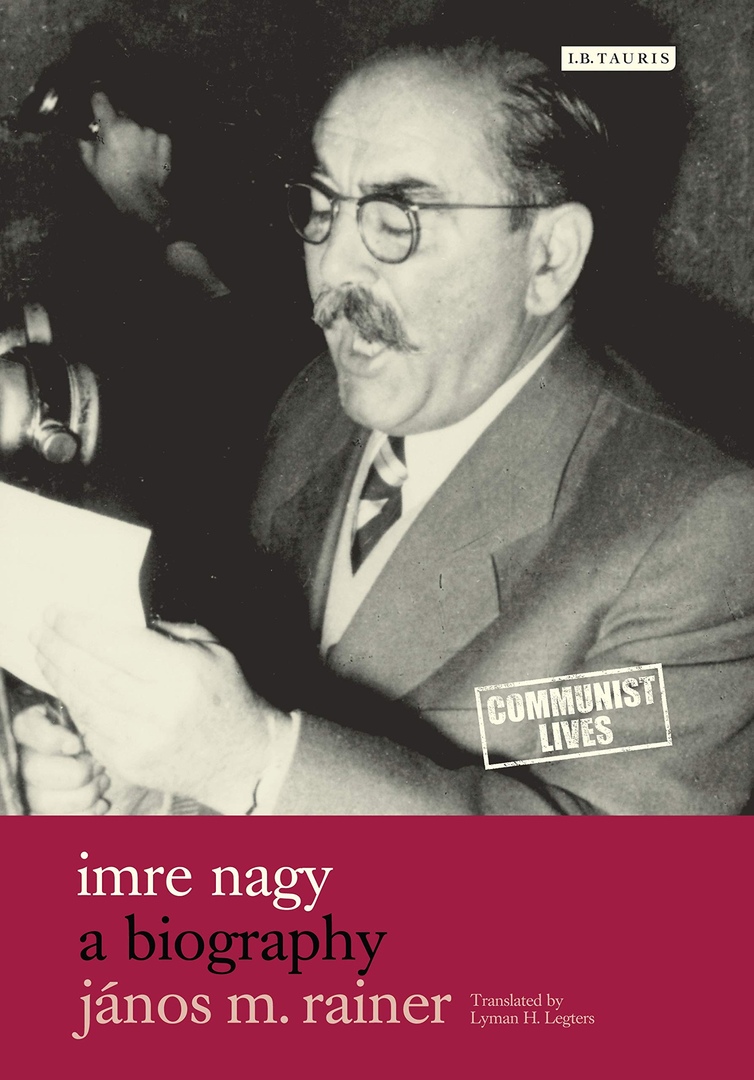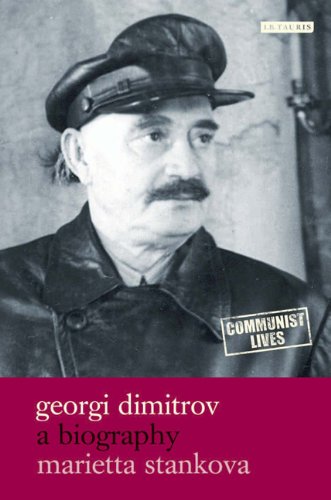Imre Nagy: A Biography – Janos
1) Imre Nagy: A Biography – Janos M. Rainer
I.B. Tauris | 2009 | PDF
After nearly three decades of dutiful service to the Communist Party, Imre Nagy led the popular uprising against the Soviet authorities during the 1956 Hungarian Revolution. Two years later he was disgraced and executed. How did the formerly loyal Party servant become one of its most ardent critics? How did he reconcile his own beliefs with the demands of the Party for so long — and what finally drove him to take a stand? And how should we understand his legacy for the modern democracy of Hungary?
This definitive biography of the Communist leader traces his life from his conventional, petty bourgeois childhood in south-west Hungary, through his tremendous political achievements and ultimate dramatic failure. The first complete portrait of this complex and contradictory figure, Imre Nagy is vividly brought to life as an enigmatic figure whose actions shaped Hungary’s destiny in 1956 and ever since.
2) Georgi Dimitrov: A Biography – Marietta Stankova
I.B. Tauris | 2010 | PDF
Georgi Dimitrov burst onto the international scene in 1933 as one of the Comintern operatives in Germany accused of the Reichstag fire. The Bulgarian Communist’s spirited self-defense in the resulting Leipzig Trial made him a celebrity among Communists worldwide, particularly in the Soviet Union, where he became Secretary General of the Comintern after his acquittal. This lucid and fascinating biography — the first in English — reveals a more multifaceted treatment of Dimitrov, highlighting especially the deep complexity of his relationships with his two greatest political allies: Stalin and Tito.
Using new and unpublished sources, Marietta Stankova brilliantly reconstructs the dilemmas that Dimitrov faced throughout his long and varied political career. This definitive and long-overdue biography makes a major contribution to the history of Bulgaria and of the Balkans as a whole, as well as to the field of Communist Studies.
3) Tito: A Biography – Geoffrey Swain
I.B. Tauris | 2010 | PDF
Josip Broz Tito was a remarkable figure in the history of Communism, the Second World War, the Balkans and post-war Eastern Europe. He was the only European besides Lenin to lead a successful Communist revolution and became one of the most renowned Communist leaders of all time. For a certain generation, he was remembered as someone who stood up to both Hitler and Stalin — and won. Tito was above all else a communist, and was devoted to the communist cause until the day he died. What made him different from other communist leaders was that his early experience of Soviet Russia had given him sufficient knowledge of the Soviet experiment to be wary of its spell. In this, the first post-communist biography of Tito, the acclaimed historian Geoffrey Swain paints a new picture of this famous figure, focusing primarily on his Communist years. It will be essential reading for anyone interested in Communist and Eastern European history.
4) Palmiro Togliatti: A Biography – Aldo Agosti
I.B. Tauris | 2008 | PDF
Palmiro Togliatti could not have become leader of the Italian Communist Party at a more difficult time in the Party’s history. In 1926, while he was away from Italy representing the Party in Moscow, Mussolini’s Fascist government outlawed the organisation and arrested all the other leading Communists, including Antonio Gramsci, and Togliatti became leader – but at the cost of living in exile for nearly twenty years.
Drawing on unprecedented access to private correspondence and newly available archives, this is the first full biography of this important Communist politician and intellectual. Like many successful politicians, Togliatti was a man of contradictions – the dedicated Party man who was also instrumental in creating the constitution of Republican Italy – whose personal charisma and political acumen kept him at the forefront of Italian politics for nearly forty years. Aldo Agosti explores Togliatti’s intellectual development; his achievements and his sometimes criminal mistakes as the leading member of the Comintern; his complex relationship with Moscow; and his lasting impact on Italian politics.
The result is a meticulous and fascinating life of one of Western Europe’s most successful Communist leaders, which at the same time casts fresh light on the internal politics of the Comintern.
 1 / 4
1 / 4 2 / 4
2 / 4 3 / 4
3 / 4 4 / 4
4 / 4


